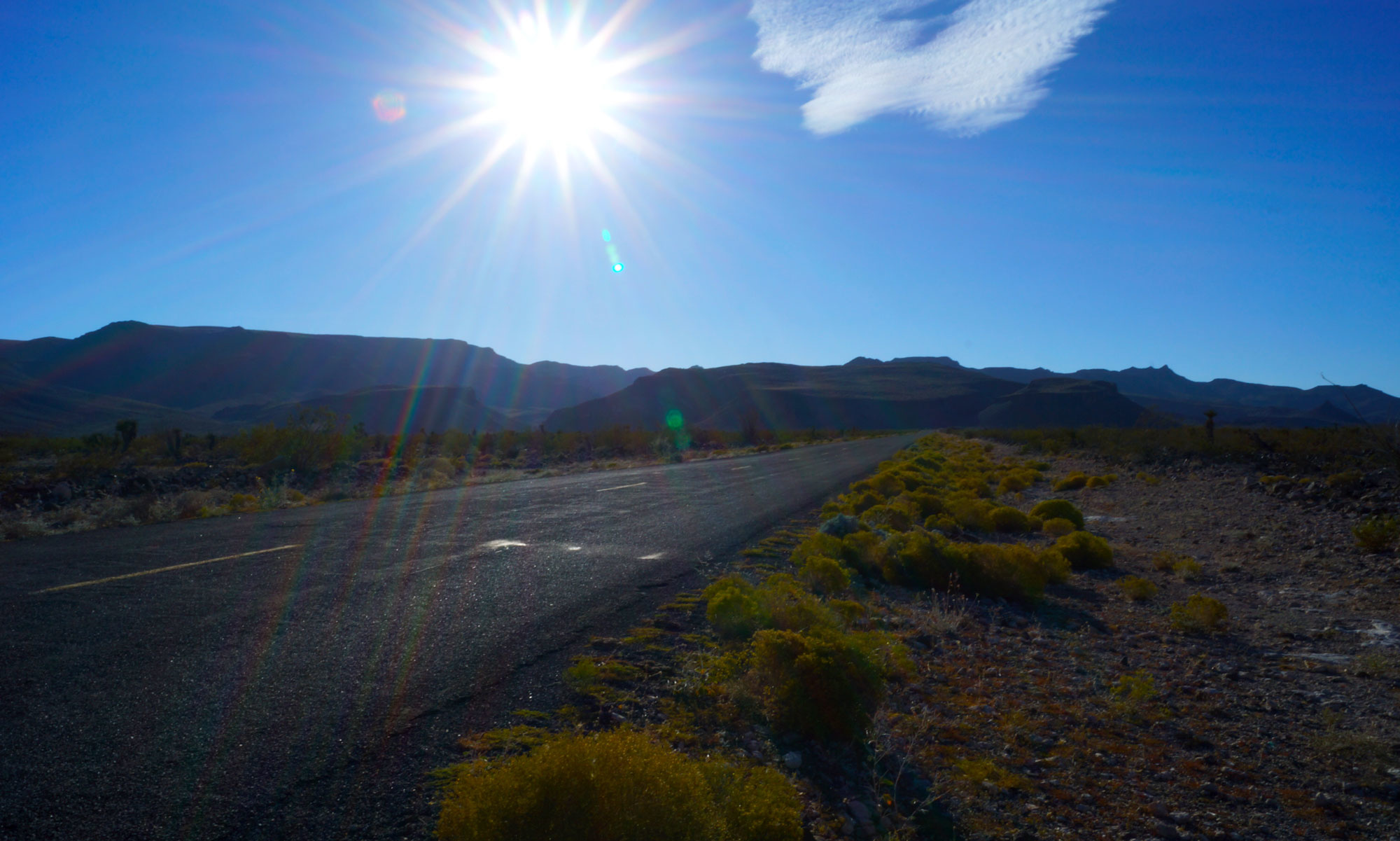On April 30, 2022, Google’s doodle sported a Route 66 theme. The doodle, an animated Route 66 road trip, is set to a jazz version of “Get Your Kicks on Route 66.” Google Art Director Matthew Cruickshank created it. He based it on his sketches made during a Route 66 road trip. The doodle proved popular, becoming the number one trending video on YouTube that day. The doodle also propagates the Route 66 myth.
“Get Your Kicks on Route 66” songwriter Bobby Troupe performed the jazz version used in the doodle. It’s likely many viewers were unfamiliar with Bobby Troupe’s 1964 performance of his popular song. Although written by Troupe, cover versions by Nat King Cole, Chuck Berry, the Rolling Stones, and others made the song and the road famous. Much of the iconic allure of Route 66 is due to media productions about Route 66.
The Route 66 Myth
Yet, the iconic stature of Route 66 is based in myth. The whole idea of getting your kicks along a highway like Route 66 connects into folklore about road trips, nostalgia for supposed simpler times, and culture-war themes about Route 66 representing a better, more authentic version of America. The Route 66 myth is steeped in romantic visions about the freedom of the open road and its endless possibilities. It resonates with idealistic dreams of travel on Route 66 leading to personal transcendence in the wilds of the “real America.”
Google’s doodle leans heavily into the myth of Route 66. In discussing its doodle, Google describes the highway as the way to take “the ultimate road trip” mentioning awe-inspiring scenery, retro diners, and quirky motels. When asked what message he hoped people took from his Route 66 doodle, the creator, Matthew Cruickshank replied, “That life in the slow lane can be incredibly worthwhile.”
This vision of Route 66 as a slower, better way to travel that connects travelers to a more authentic America of yesterday is the core of the Route 66 myth. It is a myth since the reality of traveling Route 66 was one of congestion and danger with wildly divergent travel experiences dependent on race.
Route 66 Reality
The decommissioning of the Route 66 in 1985 made traveling on abandoned sections slow and carefree. When it was a functional highway, it thronged with traffic. Utilized well beyond capacity with few engineered safety features, Route 66 garnered the dark nickname “bloody 66.” The high number of traffic fatalities along the road made travel anything but carefree.
While Google correctly notes that millions of Americans traveled the road postwar, missing from their description is any mention of the disparate experiences Black and White travelers experienced on the road. Doodle creator Matthew Cruickshank mentioned New Mexico as one of his favorite parts of Route 66 from his road trip. Yet, Black traveler guides from when Route 66 was operational show only a handful of businesses willing to service Black motorists. White travelers faced no such limitations.
Route 66 Tourism Propagates the Route 66 Myth
Modern Route 66 tourism encourages the Route 66 myth. Tourism promoters often create “never was” Route 66 destinations for tourists. Many of the quirky roadside attractions that fuel the Route 66 myth, and productions like Google’s doodle, were actually created after Route 66’s demise. Google’s write-up on their doodle mentions Cadillac Ranch – a supposed Route 66 roadside attraction featuring several generations of Cadillac automobiles buried nose-end in in the ground in Amarillo, Texas. An art group called the Ant Farm created it in 1974. However, road maps from 1969 show Route 66 replaced by Interstate 40 for several miles east and west of Amarillo. Maps from 1975 show all of Route 66 in Texas replaced by I-40. With Route 66 completely replaced in Texas before the creation of Cadillac Ranch, it is actually an Interstate 40 roadside attraction.
Similarly, in many towns claiming Route 66 heritage, numerous gift shops, diners, and quirky motels date from after Route 66’s decommissioning. These faux Route 66 businesses offer up a “never was” version of life along Route 66 for tourist consumption. Many feature an idealized version of the 1950s as a better time in America despite the numerous issues that confronted America mid-century. Some authentic Route 66 businesses remain, but the reality for most small towns and businesses bypassed by interstates was bankruptcy.
The Problem with Celebrating Route 66
Google’s Doodle, like Bobby Troupe’s song and the other media celebrating Route 66, is part of the Route 66 myth. A myth that holds up Route 66 as emblematic of a better, more authentic America without specifically defining what makes it better. Given the heavy “back to the fifties” tones infused in the Route 66 myth – a decade when America just began to address its long overdue issues with racial discrimination – Americans embracing the Route 66 myth should closely examine exactly what they are celebrating.










